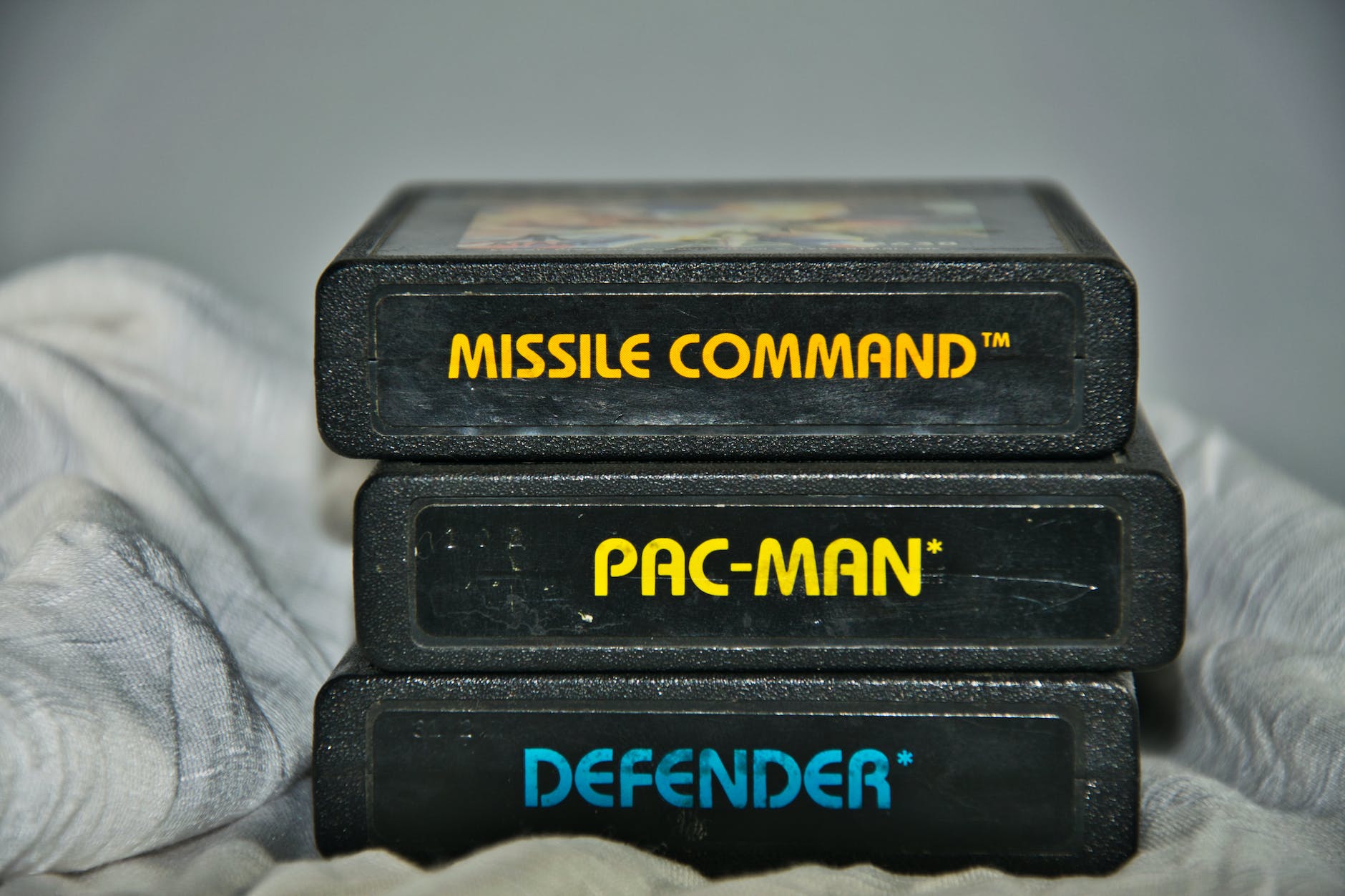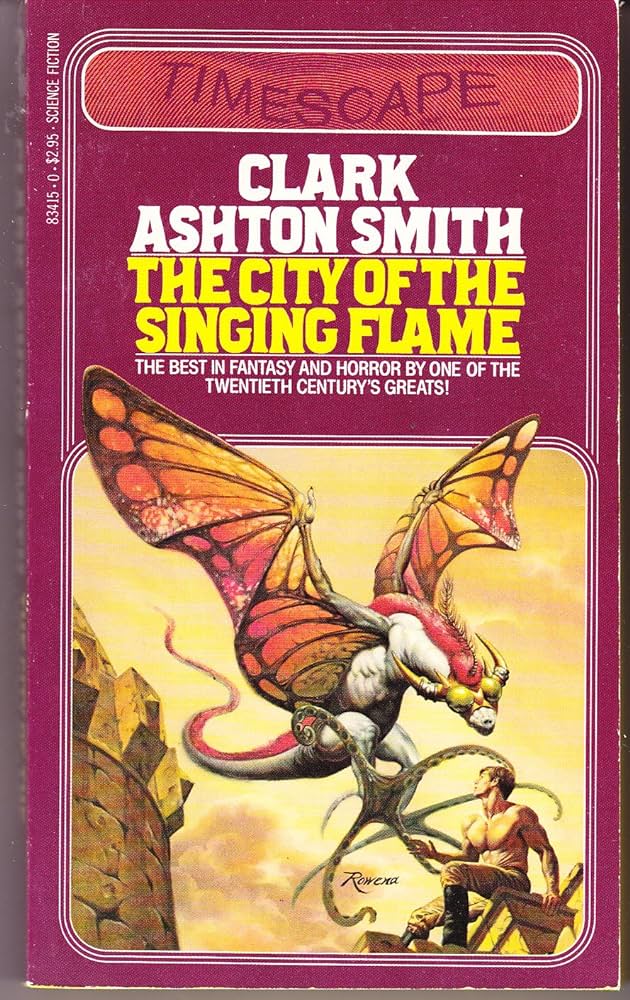
In January 2022, a review of 17 research studies showed that young kids can learn from “guided play” as well as if they were being directly instructed by an adult or a teacher. More play in the classroom also addresses issues currently burning precarious holes in the education system. In an email survey conducted by Lego Education in September, 98 percent of 1,000 K-8 teachers indicated that play-based learning “reduces their feelings of burnout.” The same study also captured responses from 1,000 K-8 students, of whom 89 percent said play made them “more excited” to go to school. Lego has used its signature building-block toys as a basis for play-based activity guides for teachers.
Gamification in classrooms has both advocates and critics. Some discourage using external rewards for learning, but others argue that the benefits can be profound when games and rewards tap into a student’s intrinsic motivation to learn. Students can learn to value learning as its own reward and become active, engaged learners over time.
Additionally, a program focused on the social-emotional learning aspects of gaming has shown positive results in student behavior and confidence. Many participants who may not have excelled in traditional classroom settings have become leaders of their gaming teams, showing that games can provide a platform for students to feel successful and express themselves.
Teachers like Philip Baselice and Jonathan Nardolilli use games to teach subjects like history and math, making lessons more engaging. This method, supported by research, helps in enhancing learning and memory. However, teachers face challenges in integrating games with curriculum goals, often leading them to create custom games for effectiveness.
While games increase student engagement and aid long-term learning, they must be thoughtfully incorporated into educational strategies. This innovative approach signifies a shift in traditional teaching methods, embracing interactive and enjoyable learning experiences.
The Eclectic Educator is a free resource for everyone passionate about education and creativity. If you enjoy the content and want to support the newsletter, consider becoming a paid subscriber. Your support helps keep the insights and inspiration coming!
Sources:







